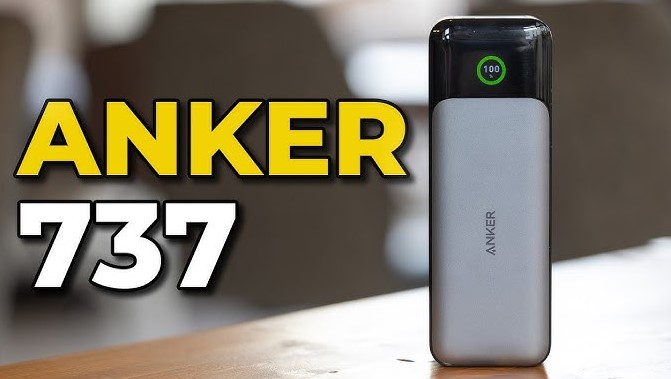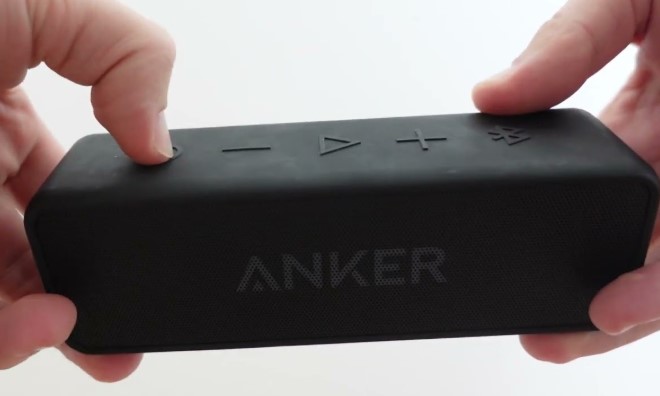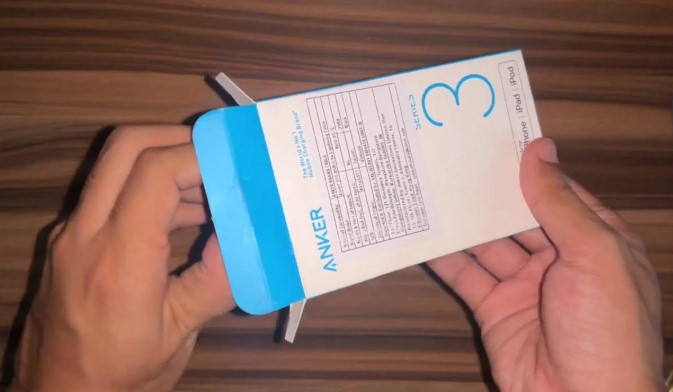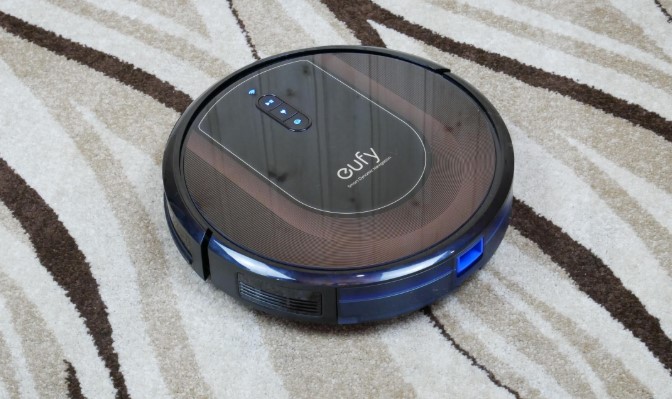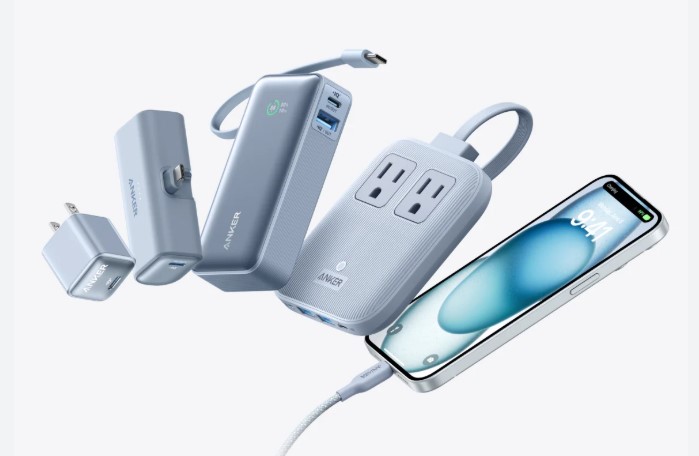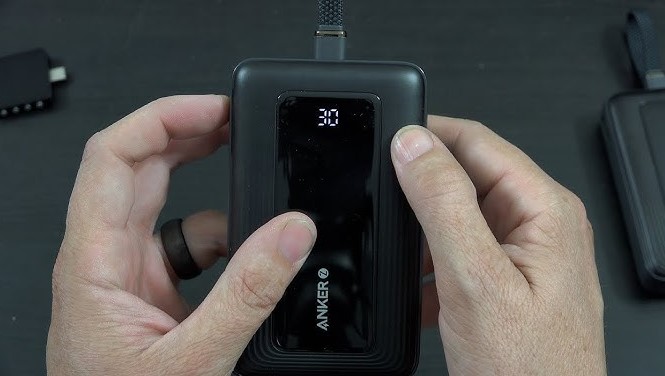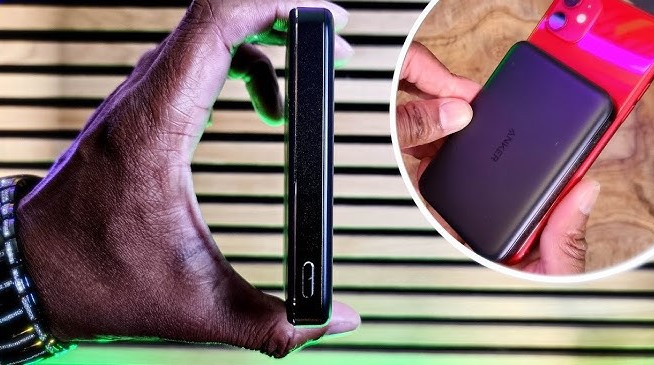How to Charge Anker 737 Power Bank? Step by Step Guide
The Anker 737 Power Bank is a powerful and smart charging device that keeps phones, laptops, and tablets powered anywhere. To get the best performance, understanding how to charge it properly is essential.
Many users overlook small details that affect charging speed and battery health. The right cable, charger wattage, and charging habits can make a big difference in how long the power bank lasts and how efficiently it works.
Charging it the right way ensures stable power output, faster recharging times, and extended battery life. This guide explains the correct method to charge the Anker 737 Power Bank safely and effectively.
It also covers helpful tips for maintaining battery health and avoiding common mistakes that reduce performance. Following these steps will keep the Anker 737 ready for every trip, workday, or emergency without losing power or efficiency.
How to Charge Anker 737 Power Bank?
The Anker 737 Power Bank is a high-performance portable charger made for people who use multiple devices every day. It’s part of Anker’s PowerCore series and is known for fast charging, big battery capacity, and smart power management.
Many users get confused about how to charge it the right way. Some plug in the wrong port, use low-power adapters, or charge it too long. These small mistakes can reduce battery life over time.
This guide gives you everything you need to know about charging the Anker 737 Power Bank correctly. You’ll learn which charger to use, which cable works best, how long it takes to charge, and some simple tips to keep it in good shape.
Understanding the Anker 737 Power Bank
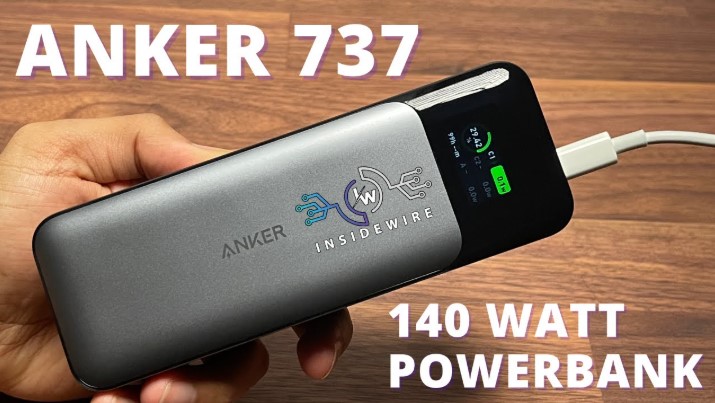
The Anker 737 Power Bank is not a regular power bank. It’s built with GaN (Gallium Nitride) technology, which makes it more efficient and compact. It can charge laptops, tablets, and smartphones all at once.
Here are its main technical details and ports:
Specifications:
-
Battery Capacity: 24,000mAh (enough to charge most phones 4–5 times)
-
Maximum Output: 140W USB-C (supports Power Delivery 3.1)
-
Ports: 2 USB-C and 1 USB-A
-
Smart Display: Shows voltage, input/output power, and battery percentage
-
Material: Premium aluminum body with heat management system
Understanding these features helps you choose the right charging setup. The 737 is powerful, but it also needs the right power source to charge itself efficiently.
What You Need Before Charging?
Before you start, gather the correct accessories. Using the wrong tools can make charging slow or even damage the power bank.
Required Items:
-
USB-C Charger: A wall charger that supports at least 65W. For the best results, use a 100W or 140W USB-C charger.
-
USB-C to USB-C Cable: A cable that supports Power Delivery (PD). The original Anker cable is best.
-
Power Source: A wall socket with stable current flow.
Why These Matter:
A weak charger won’t give the right power to the battery. Using low-quality cables can also cause overheating or slow charging. Always use genuine or certified accessories.
Step-by-Step Guide to Charge Anker 737 Power Bank
Step 1: Turn On the Display and Check Battery Level
Press the small button on the side of the power bank. The smart digital display will show the remaining charge in percentage.
-
If the level is below 20%, recharge soon.
-
Avoid letting it go completely empty often – it affects battery health over time.
Step 2: Identify the Correct Charging Port
The power bank has two USB-C ports (labeled C1 and C2) and one USB-A port. Only the USB-C 1 port supports high-speed input charging.
-
USB-C 1: Main port for charging the power bank and output charging laptops.
-
USB-C 2: Output only (for phones or tablets).
-
USB-A: Output for older devices.
Make sure you connect your charger to the USB-C 1 port.
Step 3: Connect the Cable Properly
Take your USB-C to USB-C cable. Plug one end into the USB-C 1 port on the power bank. Plug the other end into your USB-C wall charger. Ensure the cable fits snugly in both ports. Loose connections may cause unstable charging.
Step 4: Plug the Charger into a Wall Socket
Once the cable is connected, insert your charger into the wall socket. The display will light up again, showing power input details like voltage (V) and wattage (W).
-
For a 140W charger, you’ll see input around 130–140W.
-
For a 65W charger, you’ll see input around 60–65W.
This means charging has started successfully.
Step 5: Monitor the Charging Progress
The display helps you track how fast the power bank is charging. It shows:
-
Input Power (W): How much power the charger sends in.
-
Battery Percentage (%): How much charge is already filled.
-
Charging Time Estimate: Some versions show an estimate for full charge time.
During fast charging, the display may show high wattage numbers. As the battery fills, the speed will slowly reduce to protect the cells. This is normal.
Step 6: Wait for Full Charge
Charging speed depends on the adapter wattage.
-
140W Charger: Takes about 1.5 to 1.7 hours.
-
100W Charger: Around 2 hours.
-
65W Charger: About 3 to 3.5 hours.
Avoid interrupting the charge too often. Let it reach 100% smoothly.
Step 7: Unplug Safely After Full Charge
Once the display shows 100% or “Full,” unplug the charger. The device stops taking power automatically, but unplugging reduces heat buildup and keeps the battery healthy longer.
You can now use your Anker 737 to charge phones, laptops, or any USB-powered device confidently.
Tips for Safe and Long-Lasting Battery Health
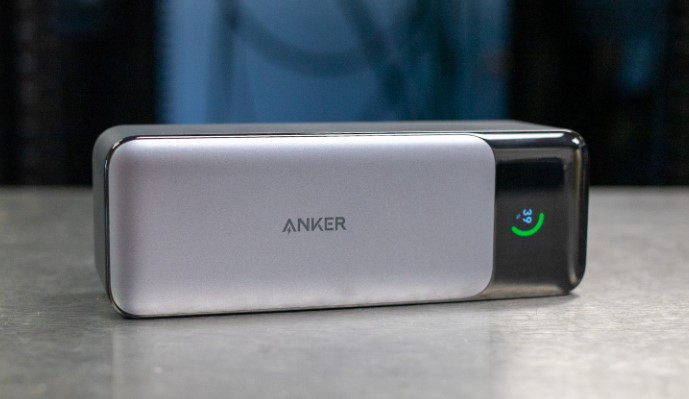
1. Charge at Normal Room Temperature
Keep the power bank away from sunlight or hot surfaces. High temperature reduces lithium battery performance.
2. Use the Right Charger
A charger below 45W will charge very slowly. Always pick a charger with enough wattage.
3. Avoid Complete Drain
Don’t let the power bank drop to 0% often. Try recharging once it goes below 20%.
4. Keep Ports Clean
Dust or dirt inside the USB ports can stop charging or cause poor contact. Clean gently with a soft brush.
5. Store at Half Charge
If you won’t use it for a few weeks, charge it to about 50% before storing. This keeps the battery in good condition.
Charging Through a Laptop or Other Devices
The Anker 737 Power Bank also supports input through laptops or computers with USB-C PD ports.
Connect the cable between your laptop and the power bank. The display will show that it’s charging.
But remember:
-
Laptop charging speed is much slower.
-
Most laptops give 30–45W output, which can take 4–5 hours for a full charge.
-
It’s fine for light recharging, not for full fast charging.
Common Mistakes Users Make
1. Plugging into the Wrong Port:
Only USB-C 1 supports input. Plugging the cable into USB-C 2 won’t charge the power bank.
2. Using Old or Weak Cables:
Some cables can’t handle high wattage. Always use 100W PD-rated cables.
3. Charging with Phone Chargers:
Phone chargers usually output 18–25W. This is too low for a big 24,000mAh battery.
4. Ignoring Firmware Updates:
The Anker 737 can connect to the Anker app for updates. Updating keeps charging performance optimized.
5. Overheating During Charge:
If the surface feels too hot, unplug and let it cool. Then reconnect once it’s at room temperature.
Troubleshooting Charging Problems
Problem 1: Display Doesn’t Turn On
-
Press and hold the power button for 3 seconds.
-
Try another cable or charger.
Problem 2: Charging Is Too Slow
-
Use a higher watt charger.
-
Check cable connection.
-
Avoid charging other devices while the power bank itself is charging.
Problem 3: Power Bank Feels Warm
-
Slight warmth is normal.
-
If it gets very hot, stop charging and check your adapter and cable.
FAQs
1. How do I know which port to use for charging the power bank?
Use the USB-C 1 port. It’s the only one that supports both input and output at full speed.
2. Can I charge the Anker 737 with my phone charger?
Yes, but it will be very slow. Use at least a 65W charger for proper performance.
3. Is it okay to leave the power bank charging overnight?
Yes, it has protection circuits. Still, unplug after full charge to keep battery life longer.
4. How often should I charge my power bank?
Recharge after it drops below 20%. Avoid letting it go fully empty often.
5. Why does the display show lower wattage near the end?
That’s part of the safety system. The power bank reduces speed at high charge levels to protect the battery.
Conclusion
Charging the Anker 737 Power Bank is simple and quick with the right setup. Always use a high-quality USB-C cable, a powerful charger, and the correct port. Monitor the smart display to keep track of progress and prevent overheating.
Taking care of your power bank during charging keeps it reliable and extends its lifespan. With proper charging habits, your Anker 737 will stay powerful and ready for all your devices anytime you need it.

